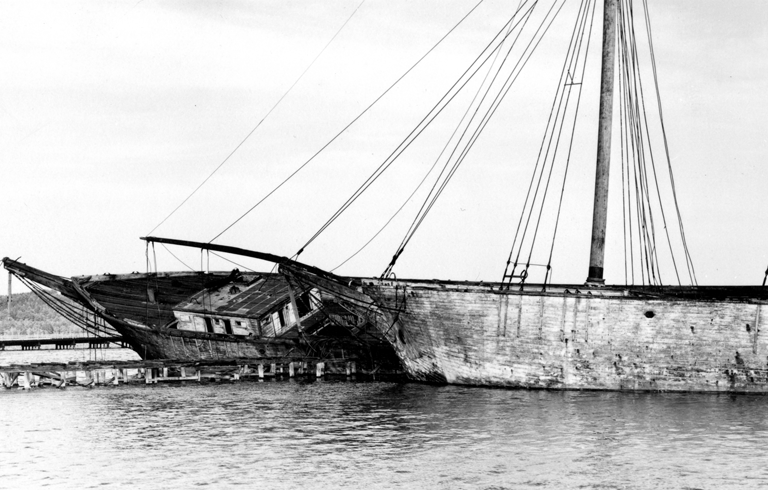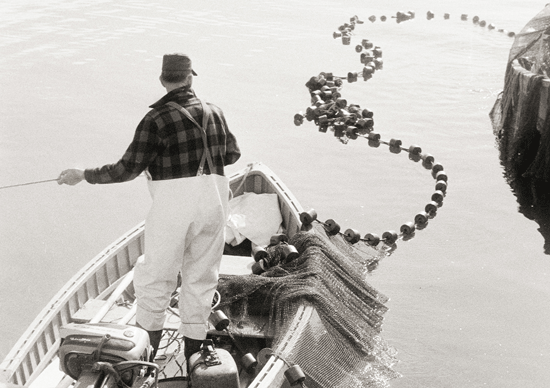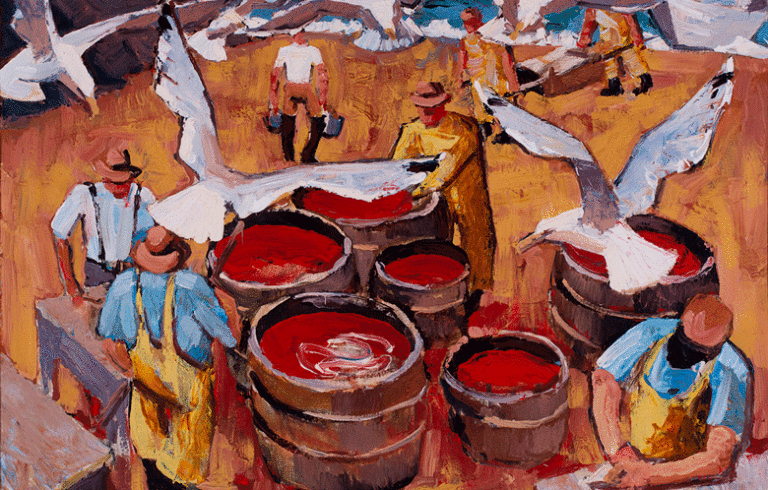Working Waterfront
Maine’s lost fixtures: The Wiscasset schooners
For more than 60 years, the four-mast schooners Hesper and Luther Little lay abandoned in the Sheepscot River. Better known as the “Wiscasset Schooners,” they served as an iconic landmark to millions of passersby travelling on Maine’s coastal Route 1. The sight of these schooners charmed the masses, stirring visions… SEE MORE











